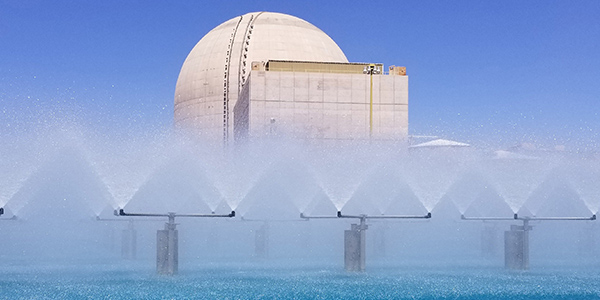By Hudson Sangree

The ballot measure, backed by California billionaire Tom Steyer, would have required the state’s power providers to generate at least half their annual sales of electricity from renewable resources by 2030.
Pinnacle and its subsidiary Arizona Public Service, the state’s largest utility, fought the measure. The opposing sides spent a combined total of more than $50 million in the race. In the end, state voters rejected Proposition 127 by roughly 70% to 30% of votes cast. (See High Failure Rate for Western Ballot Measures.)
“The residents of Arizona voted overwhelmingly to defeat Proposition 127, ensuring the energy policy in Arizona will continue to evolve in a thoughtful and constructive manner,” Pinnacle CEO Don Brandt told analysts on the Nov. 8 call. “With Proposition 127 behind us, we can now work with stakeholders to establish forward-thinking energy policies that move towards an increasingly clean energy mix.”
Those plans include taking advantage of Arizona’s ample sunlight for solar power, he said, and continuing to champion the carbon-free electricity produced by the Palo Verde Generating Station in the Arizona desert, the nation’s largest nuclear plant.
“Arizona is number three nationally in solar energy installed, and our APS energy mix is already 50% clean,” Brandt said. “We’re on the cutting-edge of advanced battery storage technology. Arizona is uniquely positioned to achieve a cleaner energy mix with our abundant solar resource, leadership in advanced technologies and Palo Verde generating station, the largest clean energy generator in the nation.”
The company reported third-quarter 2018 earnings of $315 million ($2.80/share), compared with 2017 Q3 earnings of $276 million ($2.46/share).
In a news release, the company said the increased earnings were driven largely by the second-hottest summer on record in Arizona and a corresponding increase in retail sales.
“The average high temperature for this year’s third quarter was 105.3 degrees — 1.6% higher than last year’s quarter and 1.2% greater than normal based on a rolling 10-year average. The resulting impact in the 2018 third quarter was that residential cooling degree-days (a measure of the effects of weather) were 13% higher than in the same 2017 period and 5.4% above 10-year historical averages,” the company said in its statement.
Call transcript courtesy of Seeking Alpha.



